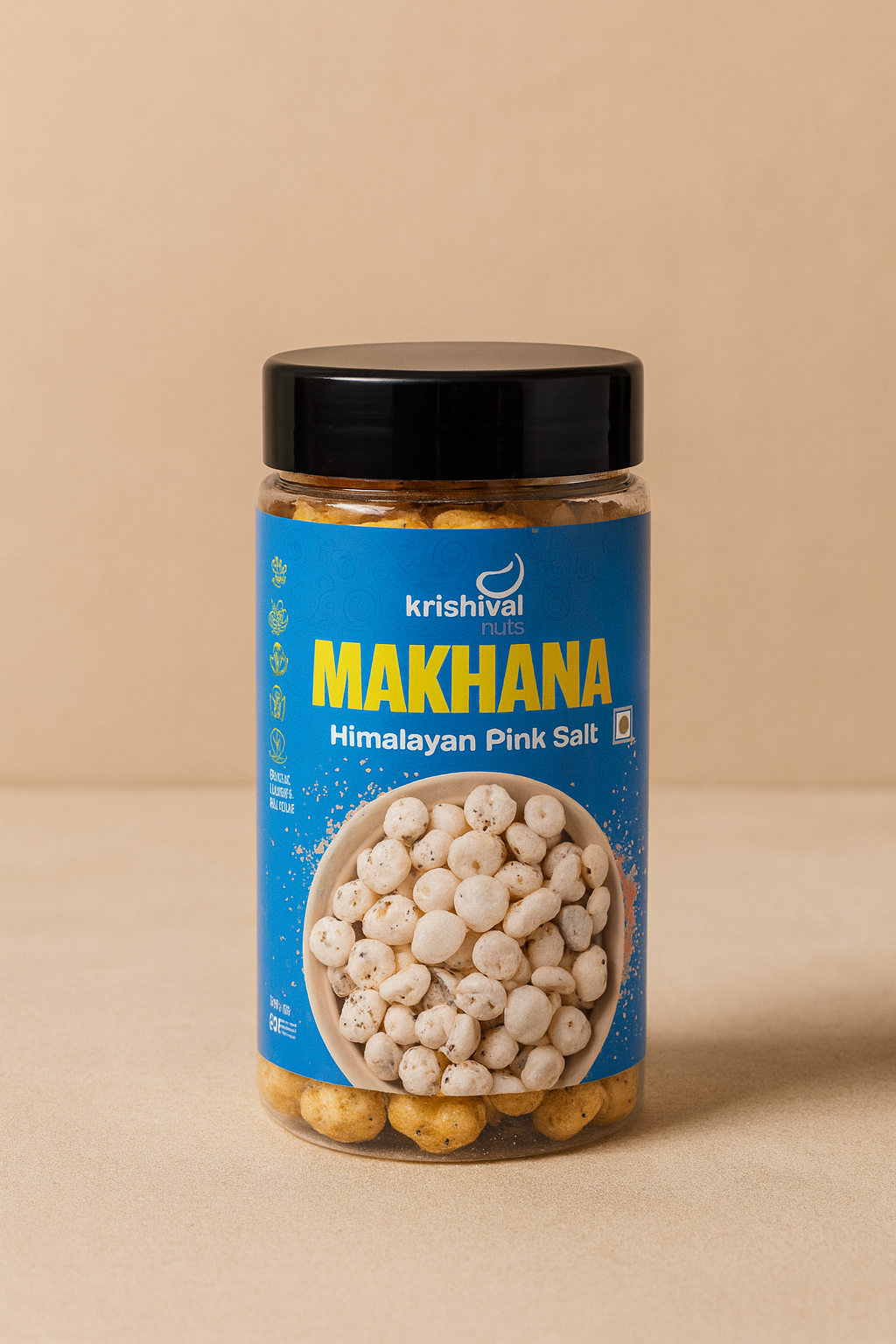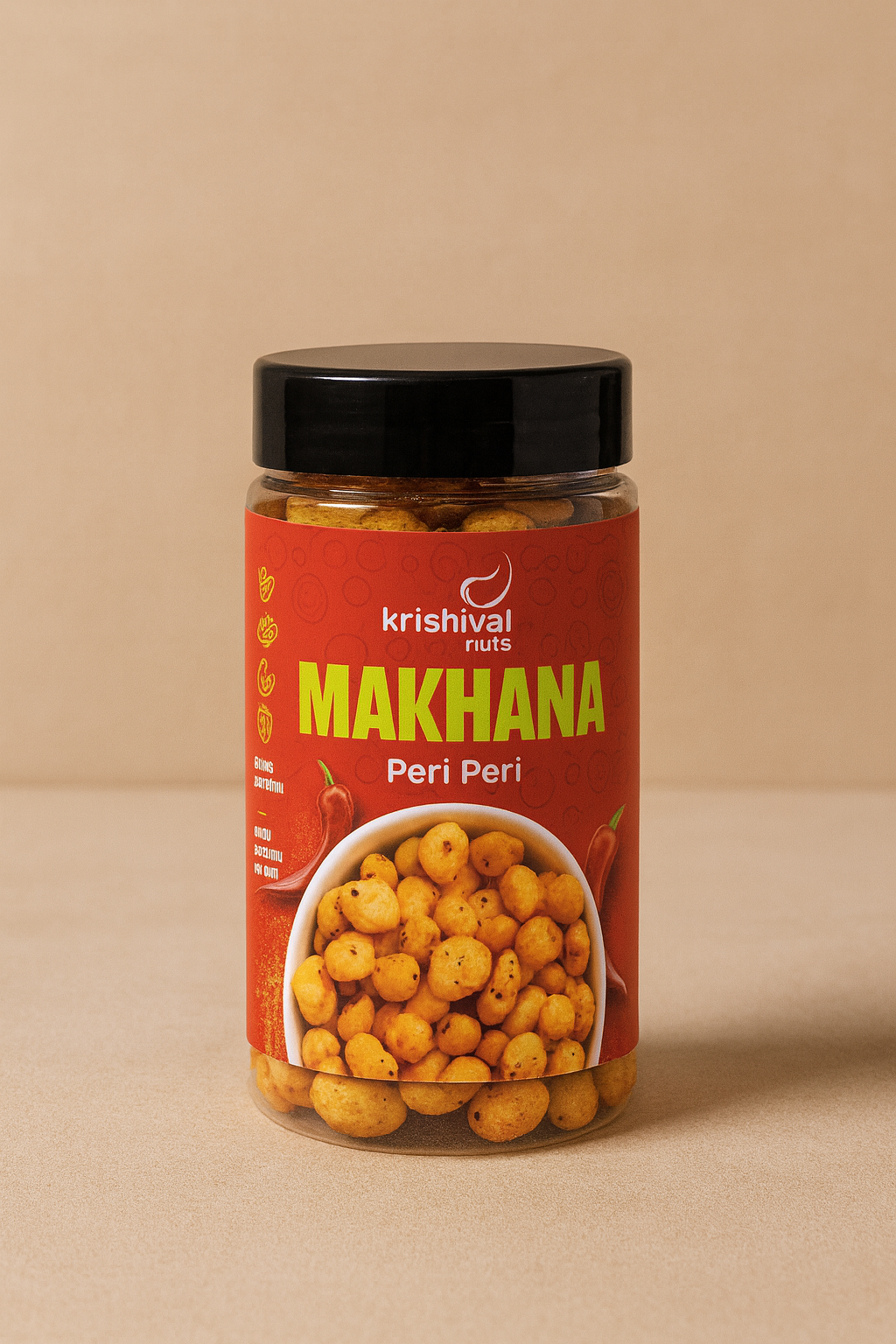TABLE OF CONTENTS
- Introduction
- Understanding Almonds
- Types of Almonds
- Health Benefits of Almonds
- How to Incorporate Almonds into Your Diet
- Conclusion
Introduction
Almonds are one of the most popular nuts globally, celebrated not only for their delightful taste but also for their impressive nutritional profile. They belong to the Prunus genus, which also includes cherries, peaches, and plums. Almonds are versatile and can be enjoyed in various forms—raw, roasted, blanched, or ground into flour or butter. This article will explore 20 different types of almonds, detailing their unique characteristics, nutritional benefits, and culinary uses. Whether you're a health enthusiast, a foodie, or simply curious about almonds, this guide will provide valuable insights into this remarkable nut.
1. Understanding Almonds
What Are Almonds?
Almonds are the edible seeds of the almond tree (Prunus dulcis). They are classified into two main categories: sweet and bitter almonds. Sweet almonds are the variety commonly consumed and used in cooking, while bitter almonds contain amygdalin, which can be toxic in large amounts and are typically used to extract almond oil.
Nutritional Profile of Almonds
Almonds are nutrient-dense, providing a wealth of health benefits. Here’s a quick overview of the nutritional profile of sweet almonds per 100 grams:
- Calories: Approximately 576
- Protein: 21.15 grams
- Fat: 49.93 grams (mostly healthy monounsaturated fats)
- Carbohydrates: 21.55 grams
- Fiber: 12.5 grams
- Vitamins: Vitamin E, B vitamins (B1, B2, B3, B5, B6, and folate)
- Minerals: Calcium, magnesium, potassium, iron, and zinc
These nutrients contribute to various health benefits, including improved heart health, weight management, and enhanced skin health.
2. Types of Almonds
Raw Almonds
Description: Raw almonds are unprocessed almonds with their skins intact. They have a slightly sweet flavor and a crunchy texture.
Nutritional Benefits: Raw almonds are rich in antioxidants, particularly vitamin E, which helps protect cells from oxidative damage. They also contain high levels of fiber, protein, and healthy fats.
Culinary Uses: Raw almonds can be enjoyed as a snack, added to salads, or used in baking. They can also be ground into almond flour for gluten-free recipes.
Roasted Almonds
Description: Roasted almonds are almonds that have been cooked at high temperatures to enhance their flavor and crunchiness.
Nutritional Benefits: While roasting can reduce some nutrients, roasted almonds still retain many health benefits, including healthy fats and protein. They are often seasoned, adding extra flavor.
Culinary Uses: Roasted almonds are perfect for snacking and can be used as toppings for salads, desserts, or trail mixes.
Blanched Almonds
Description: Blanched almonds are raw almonds that have had their skins removed through blanching, a process involving boiling and then cooling in ice water.
Nutritional Benefits: Blanched almonds are easier to digest and still retain most of their nutrients, including healthy fats and protein.
Culinary Uses: They are commonly used in baking, cooking, and garnishing dishes. Blanched almonds are often used in recipes where a smooth texture is desired.
Almond Butter
Description: Almond butter is made by grinding roasted or raw almonds into a creamy or crunchy spread.
Nutritional Benefits: Almond butter is high in healthy fats, protein, and fiber. It provides a good source of vitamin E and magnesium.
Culinary Uses: Almond butter can be used as a spread on toast, added to smoothies, or used in baking recipes. It’s a delicious alternative to peanut butter.
Almond Flour
Description: Almond flour is made from finely ground blanched almonds. It is a popular gluten-free alternative to traditional flour.
Nutritional Benefits: Almond flour is low in carbohydrates, high in protein, and rich in healthy fats. It also contains vitamin E and magnesium.
Culinary Uses: Almond flour is commonly used in baking, particularly for gluten-free recipes, pancakes, and bread. It can also be used as a thickening agent in sauces.
Marcona Almonds
Description: Marcona almonds are a Spanish variety known for their round shape, soft texture, and sweet, buttery flavor.
Nutritional Benefits: Marcona almonds are rich in healthy fats and vitamin E, making them a nutritious snack.
Culinary Uses: They are often enjoyed as a gourmet snack, used in salads, or incorporated into Mediterranean dishes.
Nonpareil Almonds
Description: Nonpareil almonds are the most widely grown almond variety, known for their thin shells and smooth, light-colored skin.
Nutritional Benefits: High in antioxidants, fiber, and healthy fats, Nonpareil almonds are a nutritious choice.
Culinary Uses: They are versatile and commonly used for snacking, baking, and cooking.
Carmel Almonds
Description: Carmel almonds are known for their sweet flavor and good shelf life. They have a slightly thicker shell than Nonpareil almonds.
Nutritional Benefits: Similar to Nonpareil, Carmel almonds are high in nutrients, including vitamin E and magnesium.
Culinary Uses: Ideal for candy-making and snacks, Carmel almonds are often used in confections.
Tuono Almonds
Description: Tuono almonds are an Italian variety known for their large size and sweet flavor.
Nutritional Benefits: They are high in protein and healthy fats, making them a nutritious option.
Culinary Uses: Tuono almonds are often used in desserts and gourmet dishes.
Pizzuta Almonds
Description: Pizzuta almonds are a Sicilian variety known for their unique flavor and elongated shape.
Nutritional Benefits: Rich in vitamins and minerals, Pizzuta almonds provide numerous health benefits.
Culinary Uses: They are commonly used in snacking and gourmet cooking.
Sonora Almonds
Description: Sonora almonds are long and narrow with a smooth skin. They are known for their sweet flavor.
Nutritional Benefits: High in fiber and vitamin E, Sonora almonds are beneficial for heart health.
Culinary Uses: Perfect for baking and snacking, Sonora almonds are versatile in the kitchen.
Butte Almonds
Description: Butte almonds are a California variety with a hard shell and sweet flavor.
Nutritional Benefits: Similar to Nonpareil almonds, they are rich in healthy fats and protein.
Culinary Uses: Often used in snacks and desserts, Butte almonds are a popular choice.
Padre Almonds
Description: Padre almonds are a California variety with a slightly bitter flavor.
Nutritional Benefits: Rich in healthy fats and protein, they offer similar benefits to other almond varieties.
Culinary Uses: Commonly used in baking and cooking.
Royal Almonds
Description: Royal almonds are large, sweet almonds known for their smooth texture.
Nutritional Benefits: High in antioxidants and healthy fats, Royal almonds provide numerous health benefits.
Culinary Uses: Used for snacking and gourmet dishes.
Valencia Almonds
Description: Valencia almonds are known for their sweet flavor and high oil content.
Nutritional Benefits: Rich in healthy fats and protein, they are a nutritious choice.
Culinary Uses: Often used in desserts and as a snack.
Green Almonds
Description: Green almonds are immature almonds harvested before they fully ripen.
Nutritional Benefits: High in vitamin C and low in calories, green almonds are a refreshing snack.
Culinary Uses: Eaten fresh, in salads, or pickled.
Bitter Almonds
Description: Bitter almonds contain amygdalin, which can be toxic in large quantities.
Nutritional Benefits: Used to extract oil for flavoring but not typically consumed raw.
Culinary Uses: Used in small amounts for flavoring in cooking and baking.
Sweet Almonds
Description: Sweet almonds are the most commonly consumed type of almond, known for their sweet flavor.
Nutritional Benefits: High in healthy fats, protein, and fiber, sweet almonds provide numerous health benefits.
Culinary Uses: Snacking, baking, and cooking.
Organic Almonds
Description: Organic almonds are grown without synthetic pesticides or fertilizers.
Nutritional Benefits: Similar to conventional almonds but may have higher nutrient content.
Culinary Uses: Used in the same ways as regular almonds.
Flavored Almonds
Description: Flavored almonds are coated with various flavors, such as chocolate, honey, or spices.
Nutritional Benefits: Nutritional value varies based on the coating.
Culinary Uses: Snack foods and gourmet treats.
3. Health Benefits of Almonds
Almonds are not just delicious; they also offer a wide range of health benefits. Here are some of the key health advantages associated with consuming almonds:
Heart Health
Almonds are rich in monounsaturated fats, which are beneficial for heart health. Regular consumption of almonds can help lower bad cholesterol levels (LDL) while increasing good cholesterol (HDL). The antioxidants in almonds also contribute to heart health by reducing inflammation and oxidative stress.
Weight Management
Despite being calorie-dense, almonds can aid in weight management. Their high fiber and protein content promote feelings of fullness, reducing overall calorie intake. Studies have shown that incorporating almonds into a balanced diet can help with weight loss and maintenance.
Bone Health
Almonds are a good source of calcium and magnesium, both of which are essential for maintaining strong bones. Regular consumption of almonds can contribute to improved bone density and reduced risk of osteoporosis.
Skin Health
The vitamin E content in almonds acts as a powerful antioxidant, protecting the skin from oxidative damage and promoting a healthy complexion. Almond oil is often used in skincare products for its moisturizing properties.
Blood Sugar Control
Almonds have a low glycemic index and are high in fiber, making them an excellent choice for individuals with diabetes. They can help regulate blood sugar levels and improve insulin sensitivity.
4. How to Incorporate Almonds into Your Diet
Incorporating almonds into your diet is easy and delicious. Here are some ideas to help you enjoy the various types of almonds:
Snacking
Almonds make for a convenient and nutritious snack. Keep a bag of raw or roasted almonds handy for a quick energy boost during the day.
Cooking and Baking
Almonds can be used in a variety of recipes. Add sliced almonds to salads, use almond flour in gluten-free baking, or incorporate almond butter into smoothies and sauces.
Smoothies and Salads
Add almonds to your morning smoothie for added protein and healthy fats. Toss them into salads for a crunchy texture and nutty flavor.
Conclusion
Almonds are a versatile and nutritious nut that offers a wealth of health benefits. With 20 different types of almonds available each with its unique flavor and characteristics, there’s an almond for everyone. Whether you prefer them raw, roasted, or ground into flour, incorporating almonds into your diet can enhance your health and well-being.











